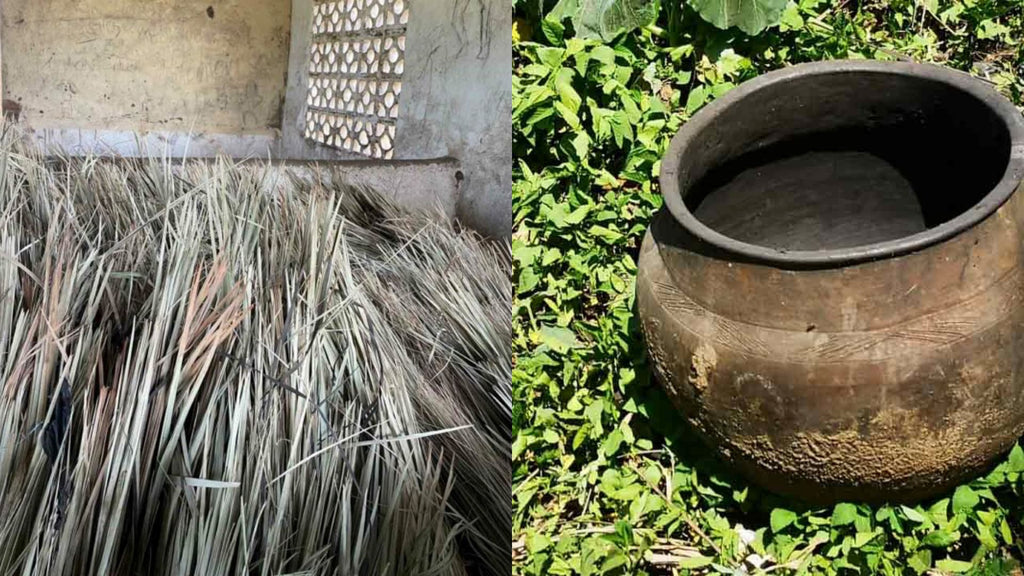This blog was originally shared on March 7th 2021, and reposted on our new site on April 8th 2022.
Our latest black basket range has a very special story which we’ve been incredibly eager to share with you. Not only does the dark, rich tone of the palm add warmth and class to a living space, but it actually gets its colour through natural dye processes – the oxidation of rusty metals in water. How incredible?! Using what would otherwise be thrown away and finding innovative ways to elevate these beautiful creations.
If you’ve had a chance to read our Malawi Trip and Visiting Our Weavers blog posts, you would have some knowledge about where our various baskets come from. Each one is handwoven using traditional techniques and materials harvested within their villages and surrounds. Basket weaving has formed an integral part of Malawian culture. This incredible artisanal skill provides income to support their villages through export and trade.
At Ashanti Design, we have established relationships with 7 weaving villages whom we collaborate with to produce specific basket ranges.
In our Visiting Our Weavers blog, we touched on the Sinan weaving village who has not only developed their own unique basket weave but also runs the process of black dyeing palm leaves which then gets distributed to the rest of our weavers.
The people of Malawi are extremely resourceful, which is clear in their incredible creations. Due to black dye chemicals being so expensive and only easily available in first and second world countries, our weavers have developed their own method of “black dye” by means of a chemical reaction through oxidation. Our weavers are able to reuse and upcycle old bits of rustic metal for the oxidation process and the water used can be disposed of in nature or through normal waste water systems without causing any harm to the environment.
 Raw Palm Leaves in the warehouse of the Sinan weavers & clay pot used for soaking and oxidising the palm leaves.
Raw Palm Leaves in the warehouse of the Sinan weavers & clay pot used for soaking and oxidising the palm leaves.
THE BLACK BASKET PROCESS:
This process is not only a more sustainable and environmentally friendly process but it also creates a lasting effect which doesn’t fade over time.
All the baskets are handwoven using palm leaf which grows in abundance in Malawi. These leaves are harvested and stripped down for weaving.
- The stripped palm is transferred to handmade clay pots or metal drums, followed by bits of rusty scrap metal.
- The holding vessel is topped up with water and the contents is left to brew for seven days
- After a week of soaking, the water is heated on an open fire, causing a chemical reaction between the water and metal pieces, ultimately causing the palm leaves to turn black!
WHAT HAPPENS NEXT:
One of the ladies in our Sinan weaving village owns her own house – something quite rare and special for remote rural villages like this. Her home has been used for many different things – even housing livestock. We at Ashanti Design currently rent her building as a storeroom for all our palm leaves that have been dyed or still need to be dyed.
The stripped black palm leaves are bundled together and transported by bicycle to our different weaving villages who then turn this extraordinary raw material into beautiful black baskets, lampshades and stools.
At Ashanti Design, we believe in the sustainability of our products, the processes behind them and the impact this makes on our weaving communities. This is why we absolutely love the fact that this new addition to our basket range ticks all our environmental & sustainability boxes!


